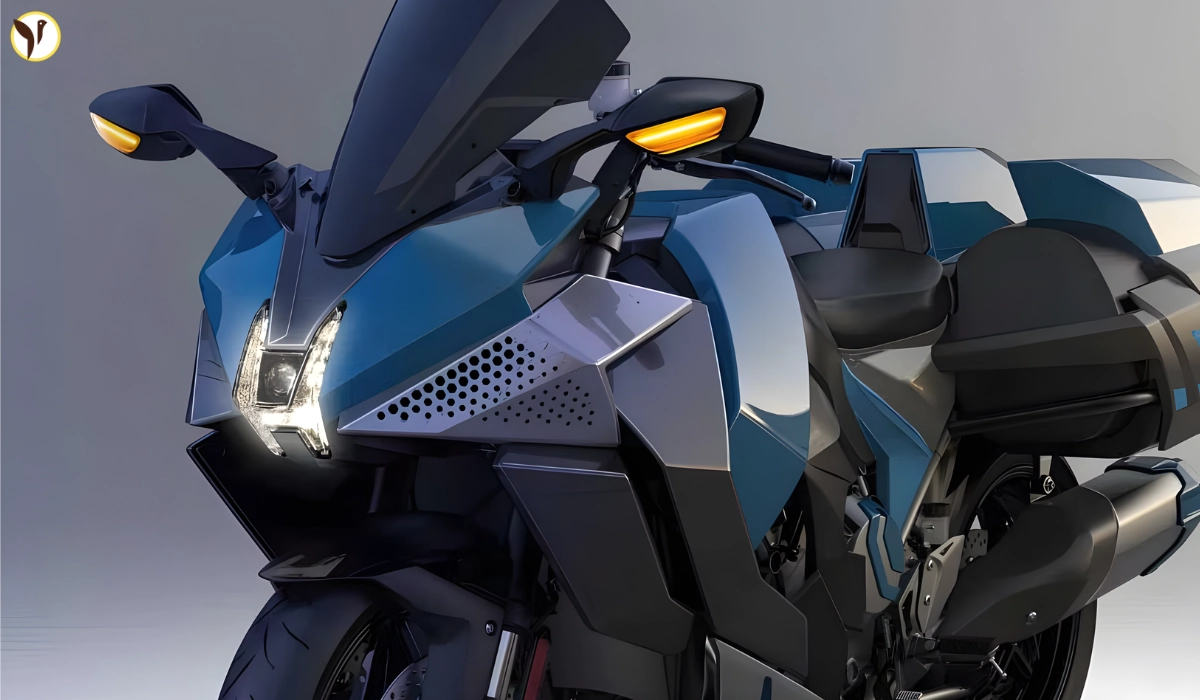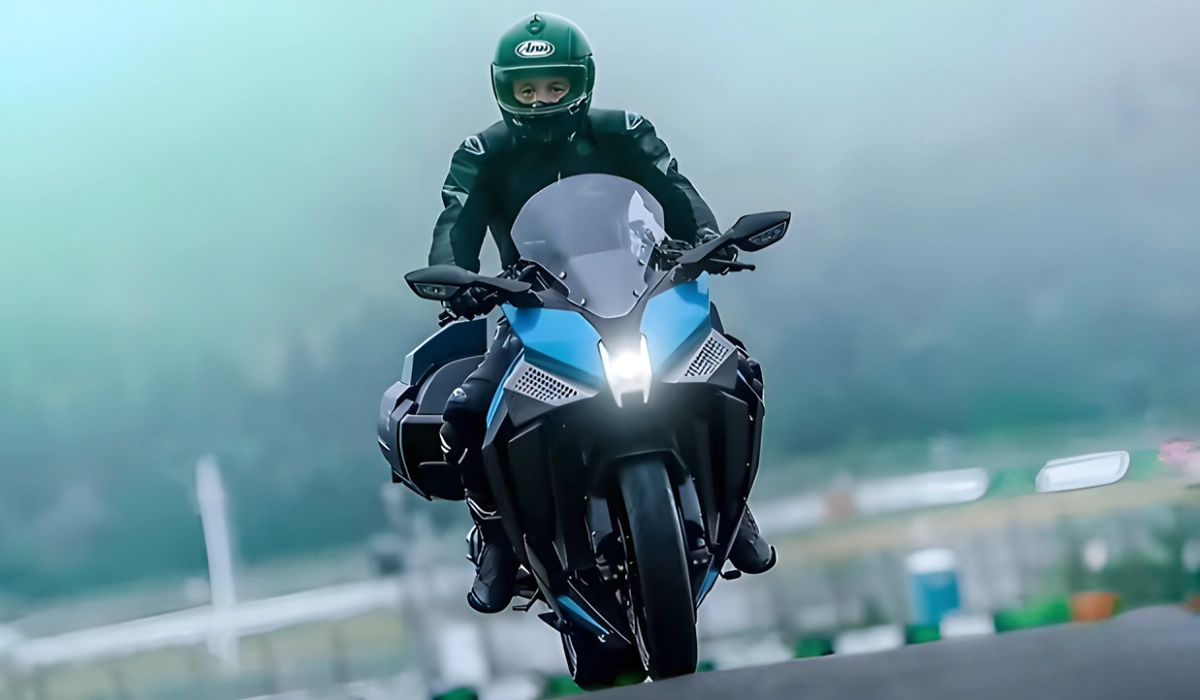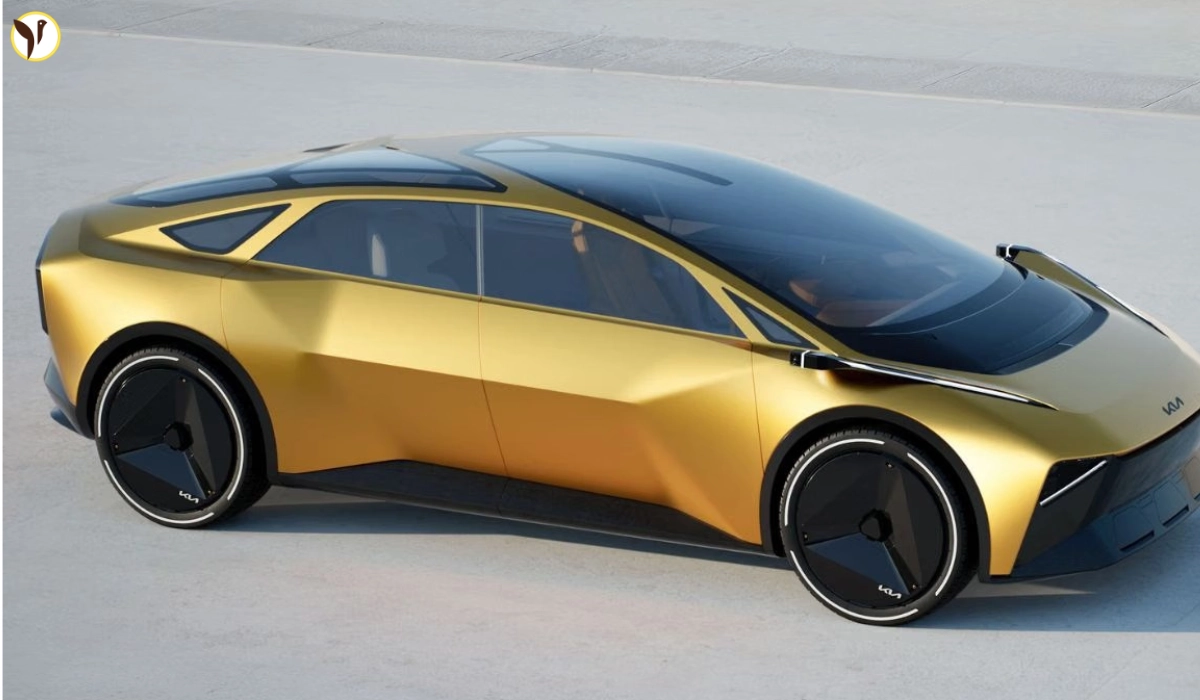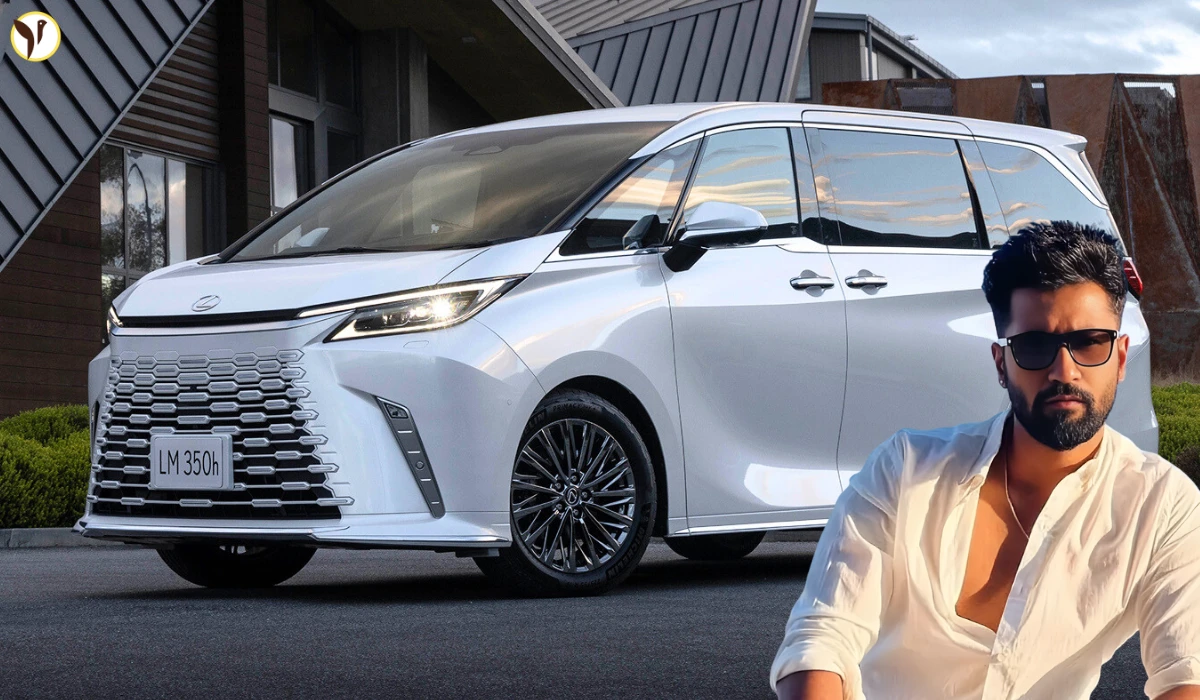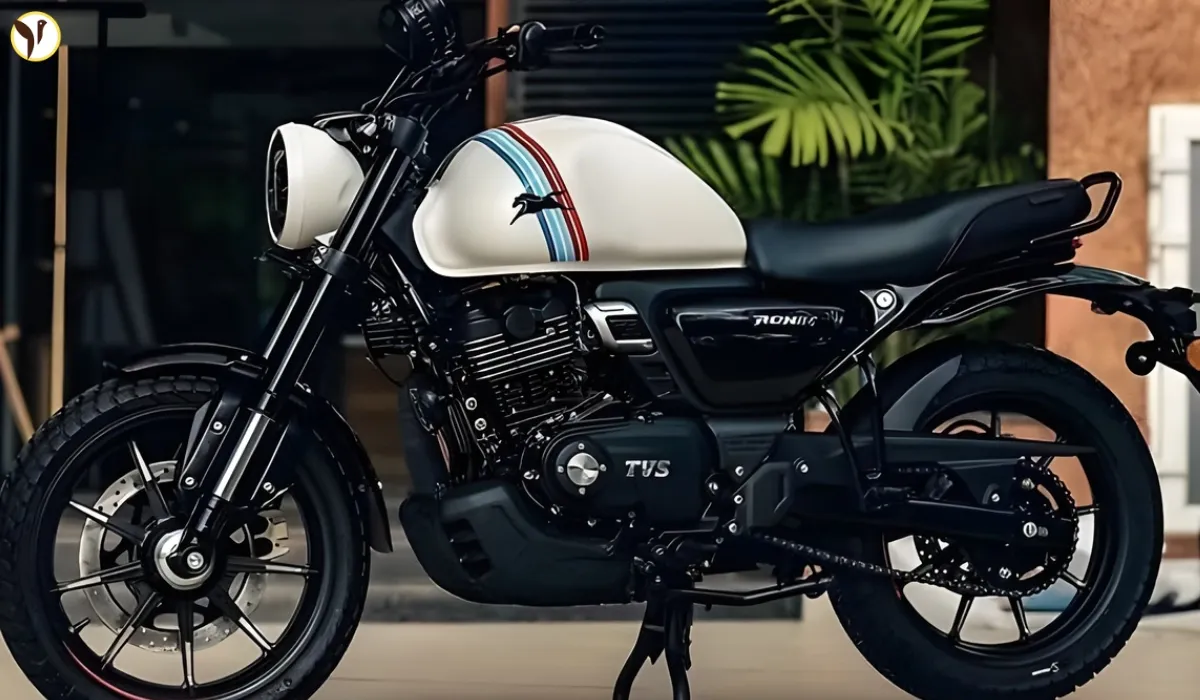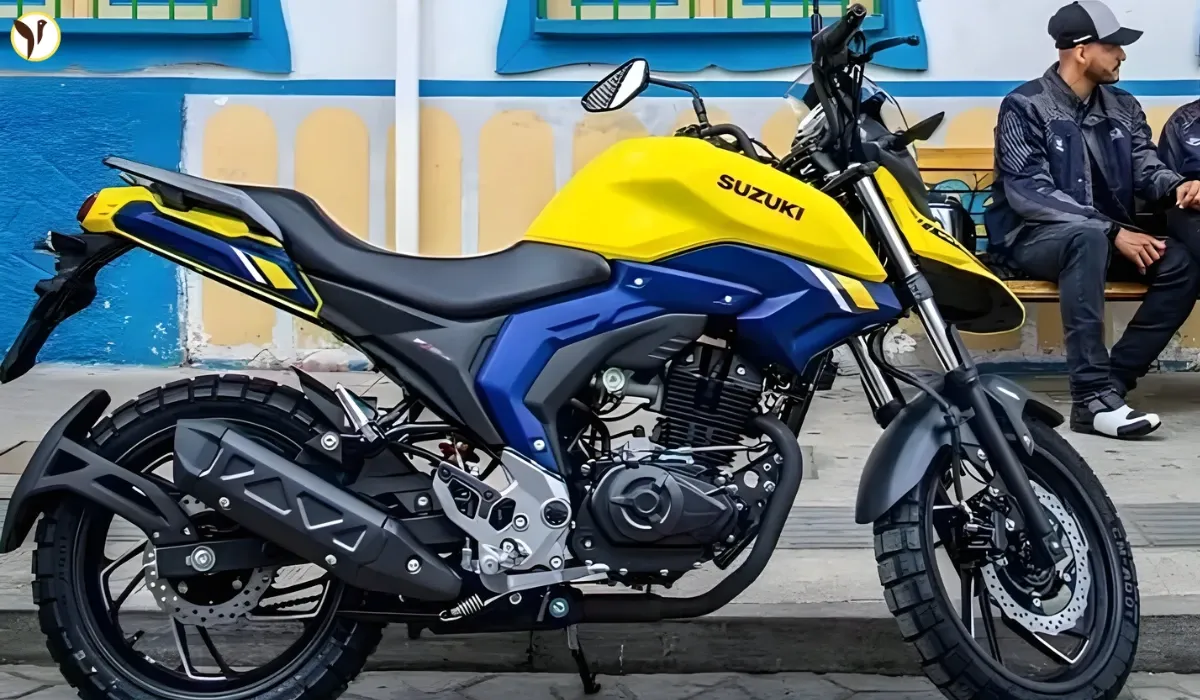Kawasaki has shocked the motorcycle world with its new Kawasaki Ninja H2. This bike doesn’t need petrol or electricity, making it a clean, green alternative to regular fossil-fuel bikes and electric motorcycles. This innovative superbike could change the future of two-wheel transport!
What Is the Kawasaki Ninja H2 Hydrogen?
The Kawasaki Ninja H2 Hydrogen is the newest hydrogen superbike. Unlike traditional petrol bikes or electric motorcycles, it uses hydrogen gas as fuel. This breaks the usual dependence on petrol engines and electric batteries. Kawasaki aims to make transportation more eco-friendly without giving up speed and power.
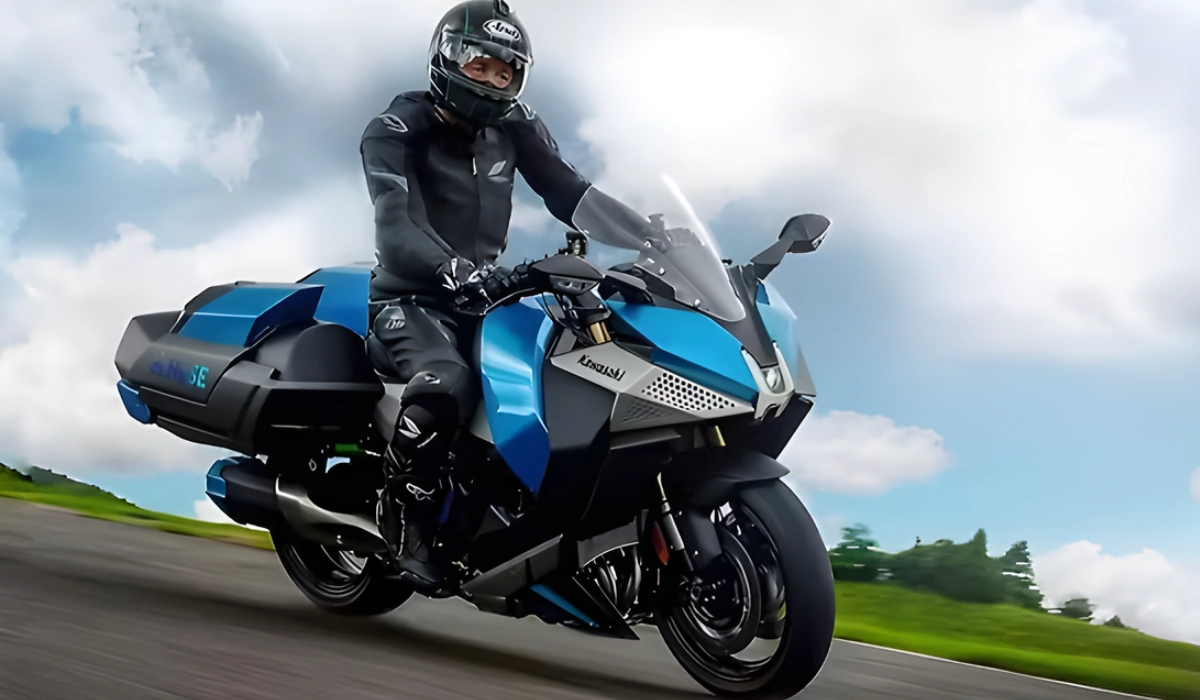
Kawasaki Ninja H2 Hydrogen Specifications
✅ Engine Type: Hydrogen internal combustion engine (H2 ICE)
✅ Power: Around 200 horsepower, keeping Kawasaki’s sporty performance alive
✅ Refueling Time: Just a few minutes, much faster than electric bike charging
✅ Range: Estimated mileage is about 150 km per hydrogen tank fill (actuals may vary)
This means riders get fast acceleration and a long enough ride without harmful emissions or petrol costs.
Watch Kawasaki Ninja Hydrogen in Action
How Does a Hydrogen Motorcycle Work?
Hydrogen bikes like this one use hydrogen gas stored in high-pressure tanks. The hydrogen fuels the engine similarly to petrol but emits only water vapor as exhaust. The result? A motorcycle that has a powerful engine but zero pollution. It’s an exciting blend of Kawasaki’s tech with the future of clean energy in auto industry.
Kawasaki Ninja H2 Hydrogen Mileage and Eco Benefits
Mileage for hydrogen bikes is growing as technology improves. The Ninja H2 Hydrogen promises about 150 km per fill, which is competitive with many electric and petrol bikes. More importantly, since hydrogen burns cleanly, the environmental impact is drastically lower. This makes it a perfect electric bike alternative for riders who want long rides and fast refuels with green energy.
How Does Kawasaki Compare to Yamaha and Honda Hydrogen Bikes?
Yamaha and Honda are also exploring hydrogen technology, but Kawasaki’s Ninja H2 Hydrogen stands out for its power and sporty style. While Yamaha focuses on compact commuter models and Honda tests prototypes, Kawasaki’s bike blends racing power and eco-conscious fuel. This makes it attractive to sports bike fans who want an electric bike alternative without compromise.
Is Hydrogen the Future of Motorcycles?
With climate concerns rising, companies like Kawasaki are pushing hydrogen bikes as a clean future. Hydrogen bikes solve many charging and pollution issues faced by electric and petrol motorcycles. However, challenges remain in hydrogen refueling infrastructure, so it may take years before hydrogen bikes become widespread.
Hydrogen vs Electric vs Petrol Bike: Which Is Best for the Future?
| Feature | Hydrogen Bike 🚀 | Electric Bike ⚡ | Petrol Bike ⛽ |
|---|---|---|---|
| Refueling Time | 3-5 min | 2-3 hours | 5 min |
| Emissions | Zero CO₂ | Zero CO₂ | High CO₂ |
| Performance | High Torque | Smooth | High Power |
| Range per Tank | 150+ km | 100-250 km | 350+ km |
| Riding Experience | Fast Refill | Quiet | Classic Engine |
